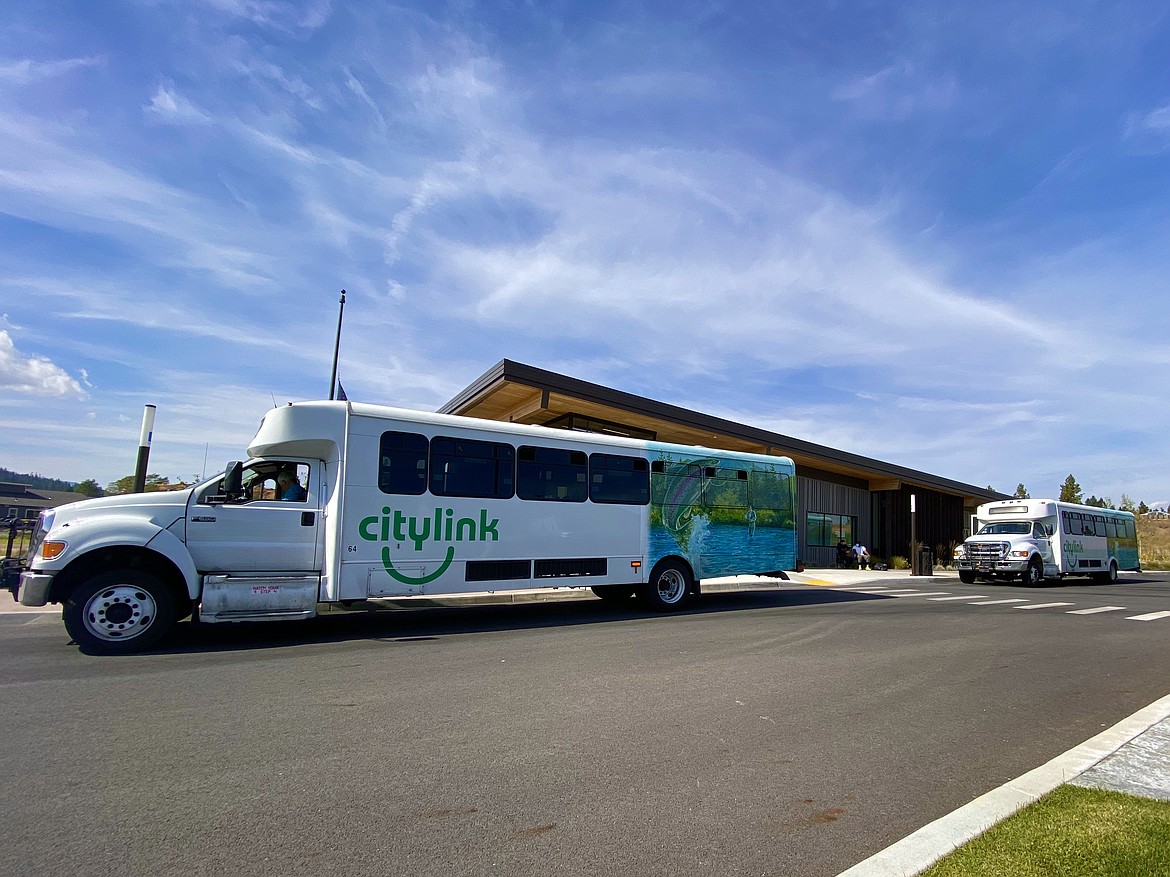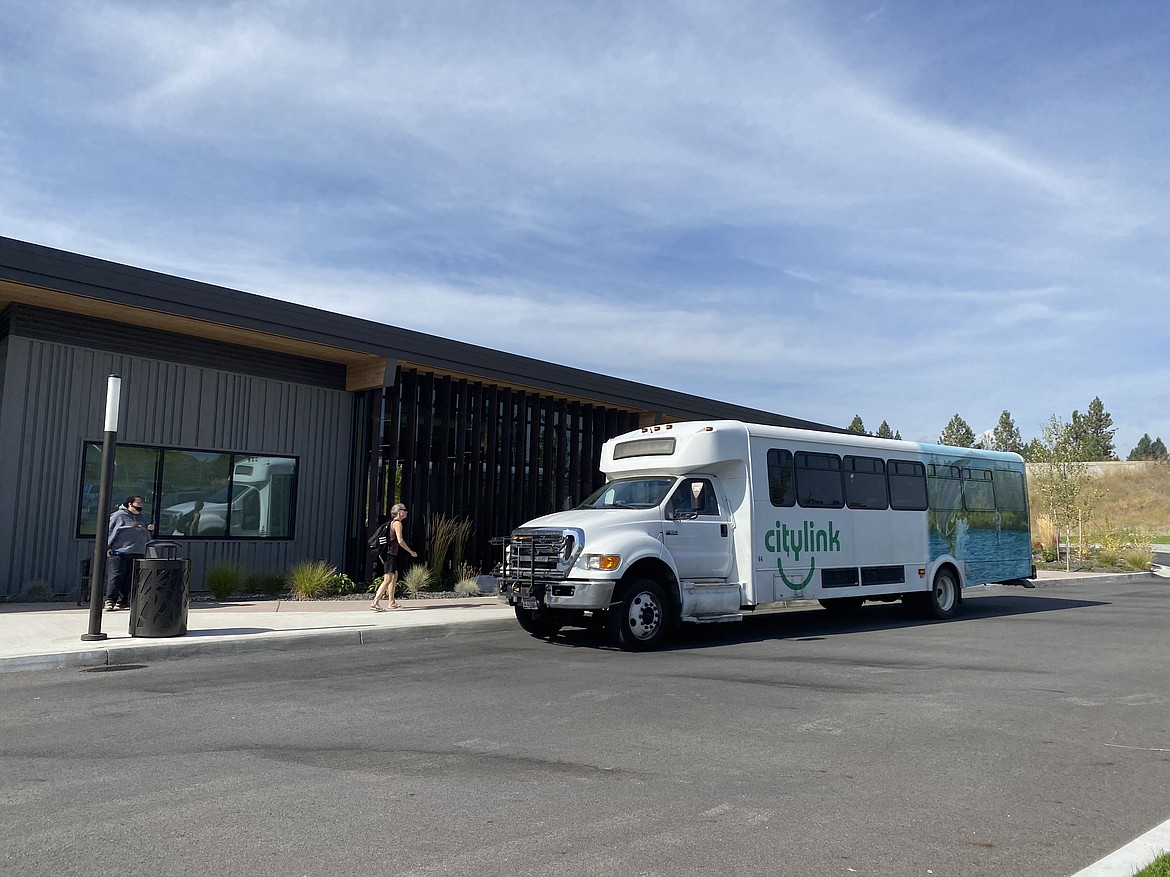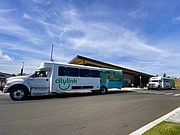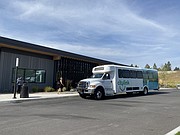Spokane planning bus routes with CDA
Plans to connect Spokane Transit and Coeur d'Alene through Interstate 90 are in their preliminary stages, but some county officials aren't enthusiastic.
According to the Spokane Transit Authority website, the 10-year STA Moving Forward plan includes projects intended to connect Spokane residents to services, connect workers to jobs, and advance regional economic development.
On the tail end of the list of projects, STA included a pilot program that would extend its services into Coeur d'Alene through I-90.
"It is a pilot program so we would run it for two years evaluating how successful it is, how we arrange the partnership with Kootenai County, how it would operate and who it would operate through," Spokane Transit director of Planning and Development Karl Otterstrom said.
Based on U.S. Census Bureau estimates, around 4,100 Spokane County residents work in Kootenai County, and 9,300 Kootenai residents are employed in Spokane County.
Jody Bieze, Kootenai County Transit director, said because of the high number of commuters over the state line, it's no surprise the public wants bus services between Coeur d’Alene and Spokane.
"As far back as 2004, a public poll of transportation needs conducted by an independent contractor indicated that 80% of Kootenai County residents agreed or strongly agreed that there is a need for services connecting Kootenai County to Spokane," Bieze said.
The I-90 valley corridor project would eventually link downtown Spokane and Coeur d'Alene, connecting through Spokane Valley, Liberty Lake, and Post Falls.
Otterstrom said the project had been part of the long-term STA plan since its development between 2012 and 2014. Estimates at that time projected the corridor project would serve about 50,000 riders annually. That number was generated by looking at the typical work week days — around 250 — and 200 daily riders. Seeing as the Spokane Transit System carried over 10 million riders in 2019, Otterstrom said this was a reasonably standard estimation.
"This 200 is a good starting point and a relative estimate of riders that would be crossing the state line every day," Otterstrom said. "As a pilot program, it's not likely that many people would consider it a long-term option."
Kootenai County Commissioner Bill Brooks said he remembers when a connecting corridor was presented by the county transit system in public meetings.
"The majority of people in attendance's big fear was the transit center would one day be linked to Spokane," Brooks said. "They were assured, as was I, that it would never happen. Now here it is a couple of years later."
As the Coeur d'Alene area continues to grow, Brooks said a mass transit system is attractive to incoming businesses. Still, he believes what's being offered does not meet that mark.
"It has very few routes, it's difficult for handicapped access, and it's unrealistic to expect seniors or whoever to walk eight blocks to get on a bus for a medical appointment that is 10 blocks away," Brooks said.
Coeur d’Alene City Councilman Dan Gookin also expressed concerns for the project, saying he and other city officials fear this would impact the city’s crime rate drastically.
“We have concerns about a crime element that would come over and take advantage of the system,” Gookin said. “We have evidence it has happened before and we want to keep the public safe.”
He also recognizes the need for increased public transit opportunities in the Coeur d’Alene area, but thinks the city would be better suited with small clusters of routes with more stops that overlap.
The corridor's planning and construction activities are still about five years out, Otterstrom said, and is mainly reliant on key stakeholders' opinions in Kootenai County.
"We're at the inception of the planning of the corridor," Otterstrom said. "In terms of development, our long-term scope that STA is focusing on is our facilities in the Spokane County area."
STA and Bieze said the community will be engaged throughout the process.









